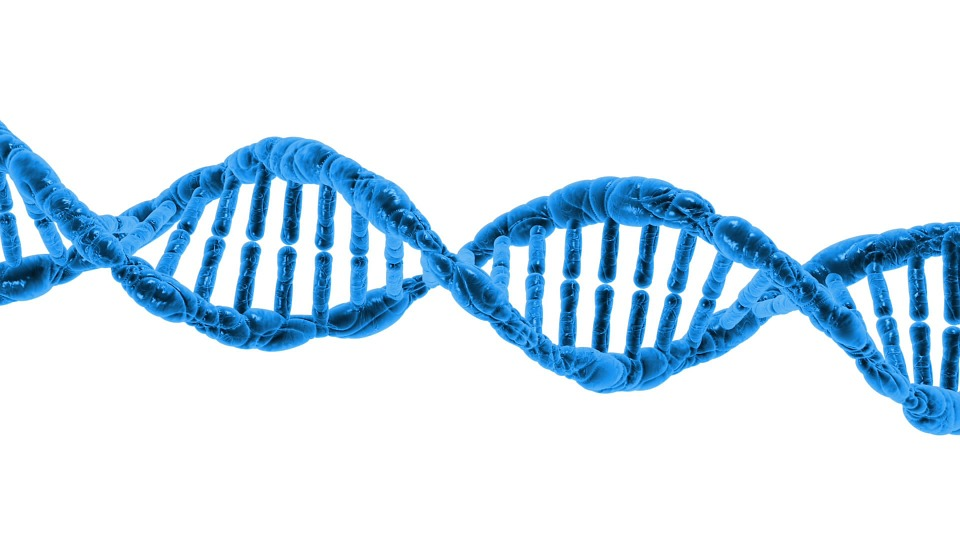Rosalind Elsie Franklin was a British scientist best known for her work and contributions in discovering the molecular structure of deoxyribonucleic acid (DNA) and laying the early foundations for the structural virology field with her many insights on the structure of viruses. Rosalind showed exceptional creativity and intelligence with a particular fascination with chemistry and physics even from a young age. Here are some interesting facts about the famous and admirable Rosalind Franklin that you will be amazed by.

Early Life
Rosalind was born on July 25, 1920, into an educated and wealthy Jewish family in London. Even though Rosalind discovered her calling in science at the early age of 15, her father, a merchant bank, believed that women such as her should not be college-educated. With support from her mother and aunt to change her father’s opinion, Rosalind was finally supported by her family and passed the admission exam to enroll at Cambridge’s Newnham College for Females in 1938. Rosalind stayed highly focused throughout her time at school, and as a result, she was accepted into the University of Cambridge to study Natural Sciences.
Her Work with Coal
After college, Rosalind pursued her doctoral degree in Cambridge. During this time, coal was considered to be a vital source of fuel for Britain during World War II. Because of that, Rosalind worked on the porosity of coal with special implications for fuel purposes. Rosalind succeeded in classifying coal types and related her new findings in coal’s pores to coal fuel-burning performance.
In today’s world, due to Rosalind’s discoveries with coal, carbon-based molecular sieves are used with various applications, including extracting oxygen from the air. In fact, Rosalind had her Ph.D. thesis with the title: “The physical chemistry of solid organic colloids with special reference to coal.” After her Ph.D., during a job interview, Rosalind described herself as a physical chemist who knows a lot about holes in coal but very little in physical chemistry. The experts at one bioinformatics platform, which is named ‘Rosalind’ in tribute to Franklin, explaining that while she may have jokingly downplayed her talents, nobody else did. After her Ph.D., she was already a rising star in the scientific world.
Her Work with DNA
In 1947, Rosalind moved to Paris and worked with Jacques Mering who was an expert at X-ray diffraction of amorphous solids. Thanks to the time at Jacques Mering’s laboratory, Rosalind became an expert in X-ray diffraction. Afterward, Rosalind helped set up X-ray equipment that could take exceptional X-ray diffraction images at the King’s College University of London after her return to London. From these exceptional images, Rosalind made her first pivotal revelation by discovering the second type of DNA known as B-DNA. Prior to her discovery, no one was aware of the existence of B-DNA.
Her Work in the Field of Structural Virology
After Rosalind’s discovery in DNA, colleagues at the King’s College University of London were more hostile towards her. In fact, sexism at King’s college drove Rosalind out of King’s college and into Birkbeck College. From 1953 to 1958, Rosalind worked at Birkbeck College in London in the Crystallography Laboratory, and this was when she finished her work on coals as well as DNA.
After her work with DNA was completed, Rosalind continued to contribute to science with her discovery of tobacco viruses. Rosalind successfully discovered informational insights about the ribonucleic acid (RNA) in tobacco mosaic virus (TMV), and this work has since been fundamental to people’s understanding of other viruses and RNA.
Her Love for Traveling
Aside from her love and calling for science, Rosalind also traveled quite frequently to France. France was Rosalind’s favorite country, and she backpacked through the French Alps multiple times. Other than France, Rosalind also traveled to the U.S. and made many friends throughout her travels.

Her Death
In 1956, Rosalind was diagnosed with ovarian cancer, and she had to start chemotherapy. Despite her health problems and chemotherapy treatment, Rosalind still managed to publish her scientific papers, with seven papers published in 1956 and six papers published in 1957. In 1958, Rosalind passed away due to cancer at the young age of 37. It is suspected that Rosalind’s work with crystal X-ray diffraction and constant radiation exposure might have something to do with her illness.
Even though Rosalind succumbed to cancer and passed away in April 1958, her legacy and scientific contributions continue to this day in various research fields. Unfortunately, Rosalind was not fully appreciated for her brilliant work and contributions in her time. However, the future will forever appreciate her work and exceptional contributions to science.